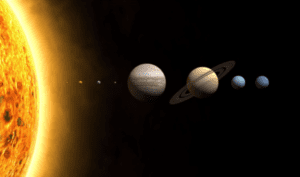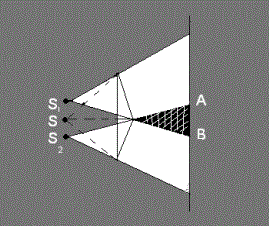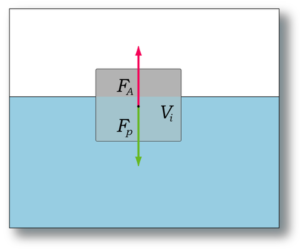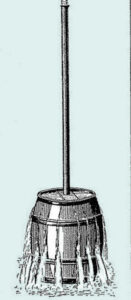Solar System

ЗмістSunPlanetsMercuryVenusEarthMarsJupiterSaturnUranusNeptuneDwarf PlanetsCeresPlutoHaumeaMakemakeErisAsteroidsCometsInterstellar dust Solar System is a planetary system that includes the central star – the Sun, and all the natural cosmic objects (planets, asteroids, comets, solar wind streams, etc.) that are bound by gravitational interaction. The Solar System formed about 4.6 billion years ago. The Solar System is part of the Milky Way galaxy. …








